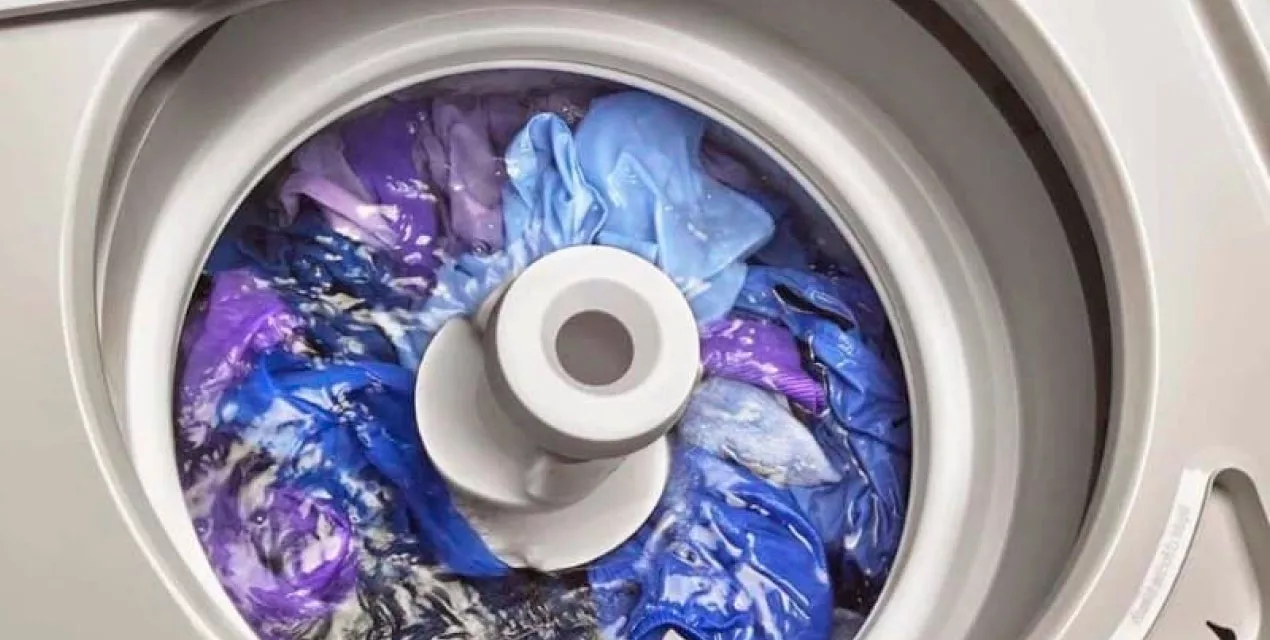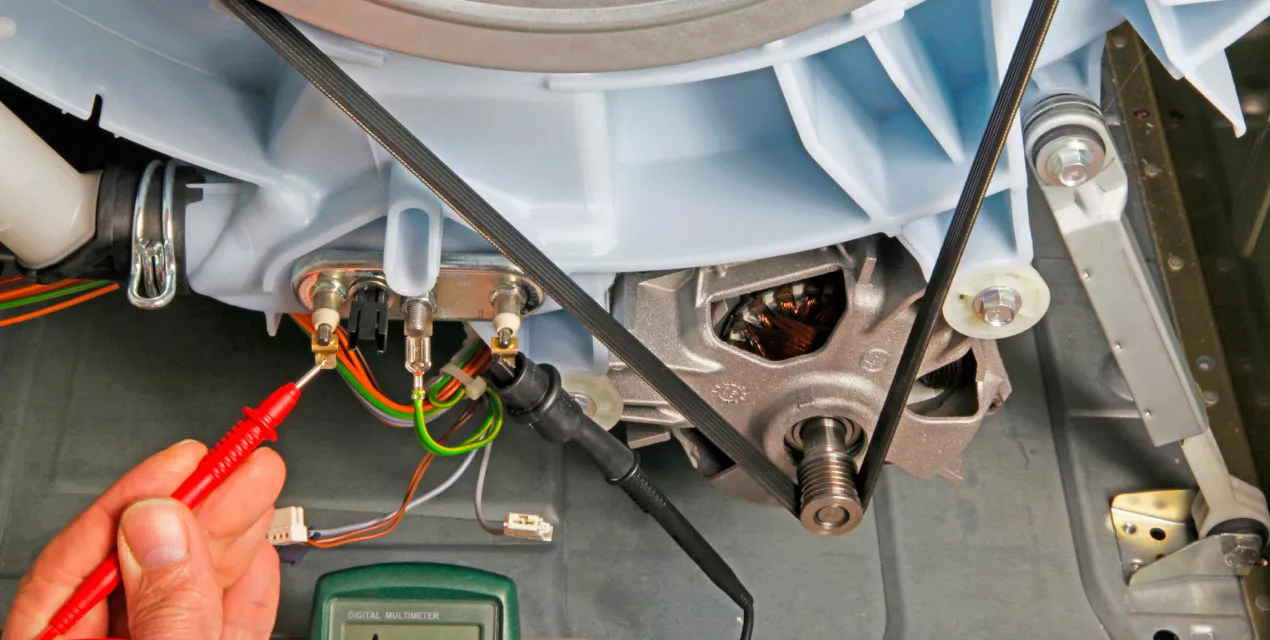7 common reasons your Samsung washer won’t drain
Have you ever noticed that your Samsung washer won’t drain? If so, you are not the only one. This is a common issue, and various factors can cause it. From clogged drains to blocked filters, we’ll cover it all so you can get back to washing your clothes quickly and conveniently.
Reason #1: Clogged drains
A clogged drain can occur due to a buildup of lint, dirt and other debris that has accumulated in the drain over time. If the clog isn’t removed quickly, it could prevent water from exiting the washing machine, leaving clothes wet after each cycle.
Fortunately, it’s relatively easy to clear out these clogs by using an electric plunger or chemical cleaner to physically break up any blockages. Be sure to wear gloves and goggles during this process for safety purposes! Additionally, make sure no pieces of fabric are left in the hose as they can easily get caught in the pump impeller leading to more serious problems.
Reason #2: Faulty drain hose
Another reason your Samsung washing machine is not draining is the damaged drain hose. This part is responsible for carrying the water out of the washing machine and into your home’s drainage system, so it’s important to make sure it’s in good condition. To check if this is causing your issue, inspect the connection between your washer and house plumbing for any signs of damage or loose connections.

Reason #3: Broken pump belt
A broken pump belt can also cause problems with draining water from your washer. The pump belt connects two parts of the pump motor and allows them to work together to move water out of the machine efficiently. If this belt is worn out or damaged, it won’t be able to do its job correctly, leading to drainage issues with your washer. You can usually find replacement parts at any local hardware store if needed.
Reason #4: Faulty pump motor
Another possible cause for this problem of a Samsung washer does not drain water could be a faulty pump motor as well as other electrical components within your washing machine, such as wiring or switches that have become defective over time due to wear-and-tear or improper maintenance of the appliance.
If these components are indeed causing drainage problems, you will need a certified technician to safely repair them without putting yourself at risk of electric shock and other potential hazards associated with electrical work on appliances such as washing machines.
Reason #5: Blocked pump filter
On some models of washing machines there is a small filter located near where the pump motor connects with its hose which helps catch lint and debris from entering into critical areas inside of both pumps. It could eventually cause mechanical damage over time if left unchecked. The filter should be routinely cleaned every few months in order to prevent clogs from forming within it.
Reason #6: Damaged door switch
The door switch, sometimes called the interlock switch, detects when the washer lid is open or closed. When the lid is closed and locked, it completes an electrical circuit that allows the washing machine to start its cycle. If this part has become damaged, it can be the cause of why your Samsung washing machine won’t drain.
To diagnose the cause of your problem, you need to locate and inspect the door switch to ensure that it is working properly. You should notice two wires connected to it, usually black or white in colour. Disconnect them from the terminals and use an ohmmeter to check the continuity between them.
Reason #7. Faulty timer control
The faulty timer control is often a cause of washer drainage problems. The timer in the washing machine controls when each cycle starts and ends, as well as the length of time for each cycle. If the timer isn’t working, it can prevent the washer from draining all of the water out after a cycle is finished. This issue commonly occurs in older machines using mechanical or outdated digital timers.

How to fix a Samsung washing machine that is not draining?
When dealing with a malfunctioning appliance, it can be quite frustrating. Fortunately, there are some simple steps you can take to fix a Samsung washing machine that is not draining properly. With these tips, you can get your washer up and running again without having to call in an repairman. Let’s get started!
Step #1: Check the level
Make sure the water level is not set too low or too high, as this can cause problems with draining. Consider draining out any excess liquid if necessary or changing the settings of the machine so that enough water is used during the cycle.
Step #2: Inspect the drain hose
Unplug the washer from the wall outlet, and then locate and check the drain hose for kinks, folds or any other obstructions. For best results, it is important to remove any accumulated debris in the hose and ensure nothing is blocking the flow of water.
Additionally, make sure that both ends of the hose are secured tightly so that no water leaks out, as this could also cause a drainage issue. After thoroughly evaluating the drain hose, if you still have difficulties with your Samsung clothes washer not draining properly you may need to consider replacing it altogether.
Step #3: Clean the pump filter
To clean this part of the machine, you will need to remove the access panel and locate the filter. Once you have found it, use an old toothbrush or cloth to remove any debris that has accumulated over time. Be sure to remove any lint or thread particles, as well as small objects such as coins or buttons.
Once you have cleaned all the residue, run some hot water through it until it is completely free of dirt and soap scum. Finally, replace the access panel and test the machine – if everything looks good, you’re done!


